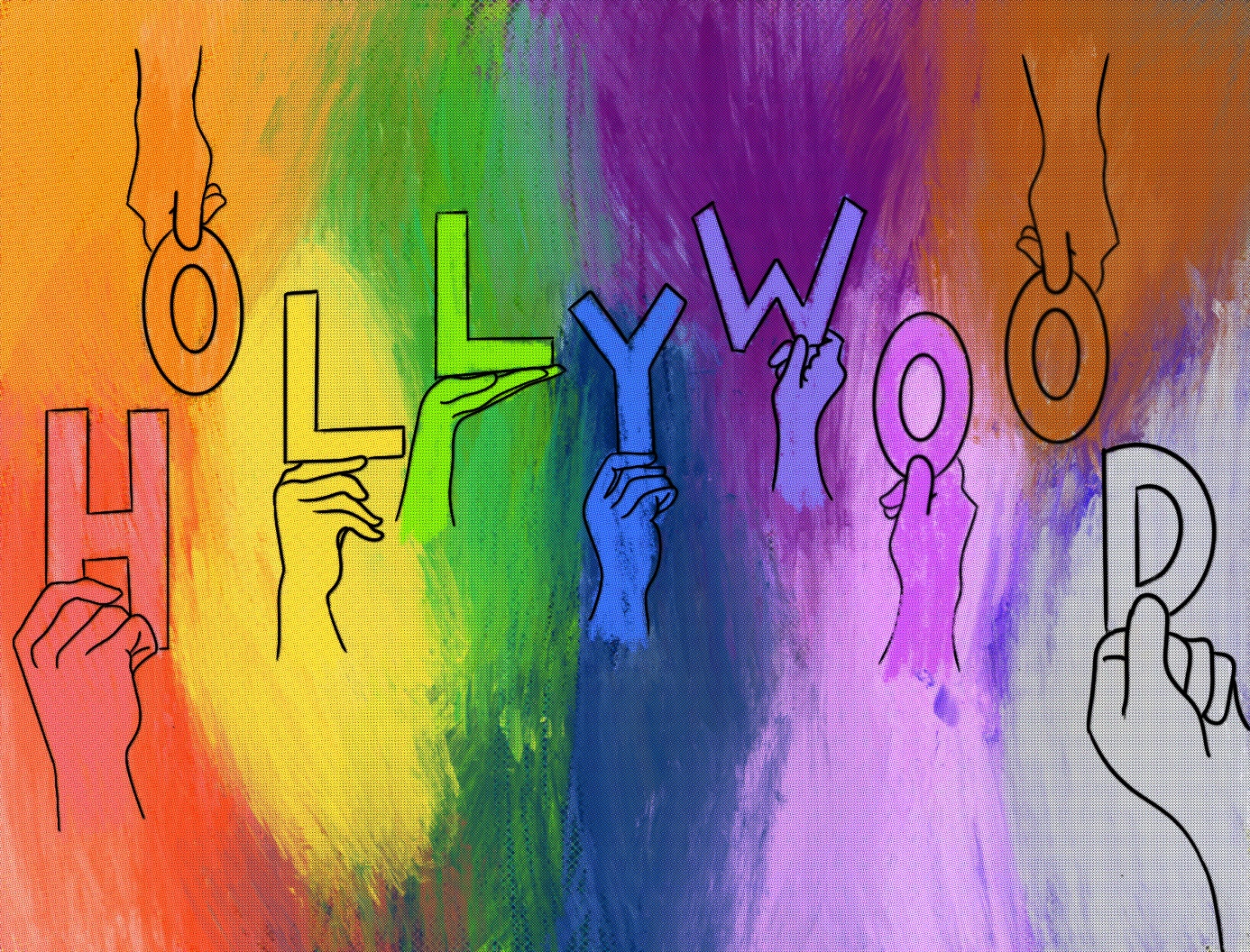Part 2 of 2023 Hollywood Diversity Report evaluates representation on TV

(Matthew Park/Daily Bruin)

By Sanjana Chadive
Dec. 4, 2023 11:25 a.m.
This post was updated Dec. 6 at 7:13 p.m.
The 2021-2022 television season showed viewers that the small screen continues to pave the way in uplifting diverse voices.
Last month, UCLA released the second part of the 2023 Hollywood Diversity Report, which examines the degree to which underrepresented groups were involved both in front of and behind the camera during last year’s television season. When devising the report, researchers tracked the following identities of people working in television today: race/ethnicity, gender and disability status. Reflecting upon the report’s biggest takeaways, Executive Vice Chancellor and Provost Darnell Hunt, who co-authored the report, said the rise of streaming can explain an increase in hiring people from diverse backgrounds.
“Streaming has really taken over, … and the majority of them (shows) are on streaming platforms,” Hunt said. “That’s really changed the whole ecosystem of Hollywood, because streamers sell subscriptions to subscribers around the world. There’s been pressure for them to become more diverse because they have to create a portfolio of programs that would appeal to a wide audience in order to sell subscriptions.”
[Related: UCLA releases part 1 of 2023 Hollywood Diversity Report]
To gather data for the report, the authors looked at 99 broadcast series, 112 cable series and 310 streaming series, Hunt said. Since all three platforms have different distribution structures, doctoral candidate in sociology and co-author Michael Tran said each one was designated as its own category.
One such example of observed on-screen progress is that women have nearly reached proportionate representation among leading roles across most of the platforms since the first report was released in 2014, Hunt said. According to the report, they make up 52.6% of broadcast leads, 48.7% of cable leads and 52.6% of digital leads. Hunt said this finding is significant because leads are the most prominent characters, and audiences are more likely to relate to them.
For the most part, people of color are not proportionally represented among leads, said director of the Entertainment and Media Research Initiative and co-author Ana-Christina Ramón. In terms of progress, the report found that members of racial and ethnic minority groups accounted for 43.2% of cable scripted leads, reaching proportionate representation for the first time in the report series.
However, people of color continue to remain underrepresented on the other two platforms, making up 32.6% and 35.9% of broadcast and digital scripted leads, respectively. Hunt said he thinks racial and ethnic representation remains especially low among broadcast leads because industry executives may think that investing in shows featuring protagonists of color will lead to poorer ratings.
“Broadcast hasn’t been as willing to take that risk because it’s mostly white men making decisions,” Hunt said. “(They) don’t necessarily understand what diverse audiences want or know how to tell those stories or know who can tell those stories.”
Moreover, the disability status of actors was the newest category introduced in the 2023 Hollywood Diversity Report. Looking back at the report, Hunt said people with disabilities are underrepresented across all three platforms. Tran added that the Centers for Disease Control and Prevention estimate that around 25% of the American population has a disability.
Nevertheless, only around 5% of actors in major television shows have a disability shown on screen, Tran said. To present their data as accurately as possible, Hunt said he and his co-authors hope to include the disability status of showrunners, writers, directors and more people who work behind the camera in future reports.
When considering off-screen diversity, Hunt said there has been far less progress. For example, only 36.5% and 25.5% of digital show creators identified as a woman or person of color, respectively. Furthermore, Tran said women and people of color tend to receive lower episodic budgets than white men. Speculating upon the reason why certain groups are poorly represented behind the camera, Hunt said he believes that studio executives are hypocritical when they seek on-screen diversity but dismiss any opportunities to work alongside people with different backgrounds.
“We don’t see the same amount of progress behind the camera,” Hunt said. “It’s almost as if the industry wants to have its cake and eat it, too – it wants to diversify on screen because it knows that’s where profitability lies. But those who control the industry have been unwilling to share their power by bringing women and people of color into the executive suites where decisions are made.”
[Related: Kai Bowe, Adriane Hopper Williams talk diversity in entertainment with UCLA Alumni]
To improve off-screen representation, Tran said scriptwriters should take the time to understand perspectives other than their own. Additionally, Hunt said industry executives should strive to hire more creators, directors and writers from underrepresented communities. Audiences want to engage with content that reflects America’s diverse population, he added. If this fact continues to be dismissed, Hunt said there will be clear ramifications in the television industry.
“TV producers, show creators, … they’re telling stories they’re familiar with, stories they feel capable of telling, and they’re going to continue to do that,” Hunt said. “The key is increasing the pool of people who are able to tell those stories – the filmmakers, the show creators and so forth. And that’s a function of the people who control the industry, allowing those people into the room and giving them a chance to produce a show.”





